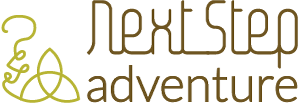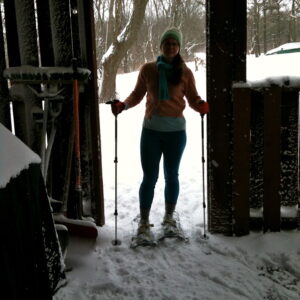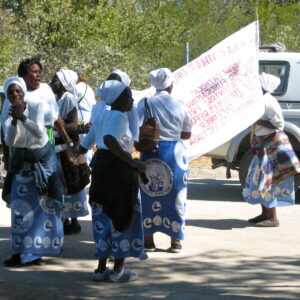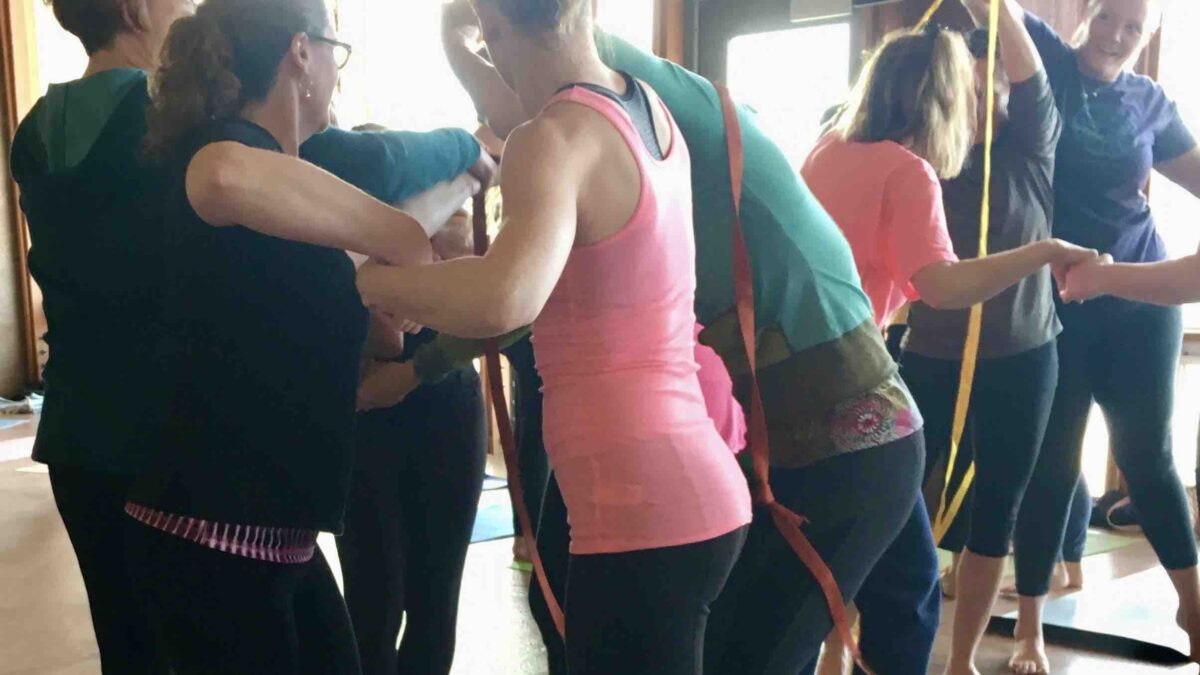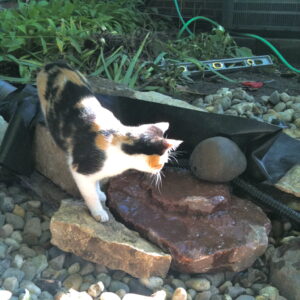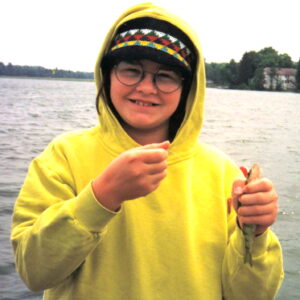Embrace Winter
It’s been an especially cold winter in many places, but kids (and adults) can have fun and get healthy by going outside even in frigid, snowy weather. Each winter I resolve to renew my relationship with my skis, toboggan and ice skates. This winter looks like it might be a good time to keep that resolution! Ray Morley and his grandkids built snow huts and a giant sledding track across several back yards during winter vacation. My daughter tried out her new snow shoes.
I’ve skied off and on for nearly 30 years; a couple winters ago I had fun just taking my skis down to Beaverdale Park and skiing in giant figure 8’s, but there are groomed trails at Jester Park. Check out this video about cross-country skiing from Polk County Conservation; you can rent skis, snowshoes, boots and poles. This year Polk County Conservation is facilitating outdoor fitness programs for youth groups; contact Patrice Petersen-Keys for more information.
One of my favorite Chrysalis After-School group meetings was when the Star Choices girls at Harding Middle School spent most of the afternoon playing in the snow. The girls loved it and got some great exercise. Informal play develops independence and mastery. When I visited the fifth grade group at Capitol View, we were taking photos of the girls in the hallway and I asked them to all look and point to the right for a silly one. The next instant they exclaimed, “It’s snowing!” Their excitement was apparent. Two snow days followed, so that may have been the cause, but check out these resources for ideas about how to make the most of the winter months.
- The Brenton Skating Plaza is a popular place for Chrysalis After-School groups; they have lessons, season passes, apparel and more at this site.
- Sledding hills at Waveland and Grandview Parks are open as long as there is enough snow. The Des Moines Register recently published this map of sledding hills in central Iowa.
- My daughter snowshoes to Scattergood Friends School from her house on their farm; she says it’s easy. Take a look at this snowshoeing video from Polk County Conservation and see what YOU think.
- On a quieter note, this slide show from the New York Times draws attention to the serene perspective of gardens in winter.
- The National Wildlife Federation offers “5 Tips to Stay Warm” and some excellent information on why it’s important for kids to be outdoors.
Whatever you decide to do–make a snow angel, build a fort, go sledding, skating or skiing, or just take a walk–have fun out there!
